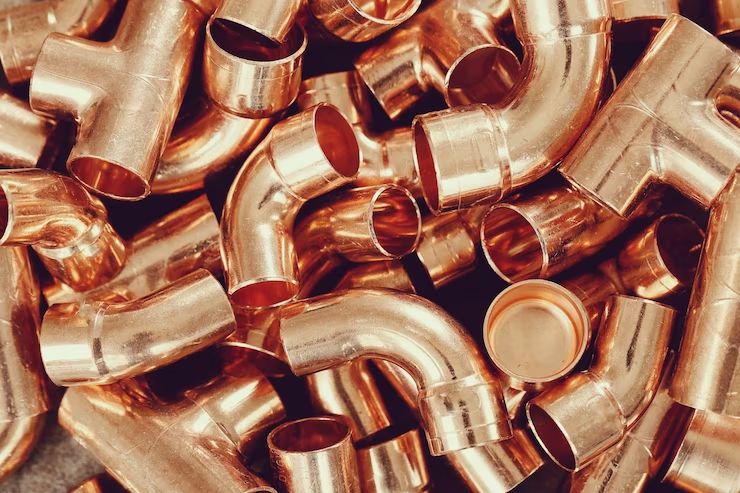Copper fittings play a crucial role in various industries, from plumbing to HVAC systems. Their durability, versatility, and excellent conductivity make them a popular choice among professionals. However, working with copper fittings requires a certain level of skill and knowledge to ensure optimal performance and longevity. In this blog, we will delve into the essential techniques and share valuable tips that will set you up for success when working with copper fittings.
Understanding Copper Fittings:
To begin the copper fitting journey, it's important to grasp the basics. We'll explore the different types of copper fittings, such as solder fittings, compression fittings, and push-to-connect fittings.
Understanding their characteristics and applications will enable you to make informed decisions when selecting the appropriate fitting for your specific needs.
Tools and Equipment:
Equipping yourself with the right tools is crucial for seamless copper fitting installations. We'll discuss the essential tools required for cutting, cleaning, and joining copper pipes. From tubing cutters and deburring tools to flux brushes and soldering irons, we'll guide you through the necessary equipment that will make your copper fitting projects a breeze.
Preparing Copper Pipes:
Achieving leak-free connections is of utmost importance when working with copper pipes. To assist you in this process, we will offer detailed step-by-step instructions on how to effectively clean and deburr copper pipes. Furthermore, we will emphasize the significance of accurate measurement and precise cutting techniques, as they are essential for ensuring a snug fit and minimizing the chances of leaks or weak joints. By following these guidelines, you can confidently prepare copper pipes for optimal performance and durability.
Soldering Techniques:
Soldering is a common method used to join copper fittings. We'll delve into the art of soldering, covering techniques such as flux application, heat distribution, and achieving the perfect solder joint. Tips for preventing common soldering mistakes, like overheating or incomplete solder penetration, will be shared to help you achieve strong, reliable connections.
Compression Fittings and Alternatives:
While soldering is a widely-used technique, compression fittings offer an alternative for those who prefer a solder-free approach. We'll explain how compression fittings work, their advantages, and where they are most suitable. Additionally, we'll touch upon other innovative joining methods, such as push-to-connect fittings, that provide quick and reliable connections without the need for soldering or specialized tools.
Proper Handling and Storage:
As a copper fitting manufacturer, it is important to emphasize the longevity of our products. However, it is crucial to highlight the significance of proper handling and storage in order to preserve their quality. In this section, we will delve into the recommended methods for handling our copper fittings, which involve avoiding unnecessary bending, protecting them from contaminants, and storing them in a controlled environment. By following these best practices, you can effectively prevent corrosion and ensure that our fittings are in optimal condition when you are prepared to install them.
Conclusion:
Working with copper fittings requires a solid understanding of the techniques and tips that lead to successful installations. By grasping the fundamentals, having the right tools, and following proper procedures, you can achieve leak-free connections and maximize the performance of your copper fitting projects. With the knowledge gained from this blog, you'll be well-equipped to tackle copper fitting installations with confidence and expertise.





Comments